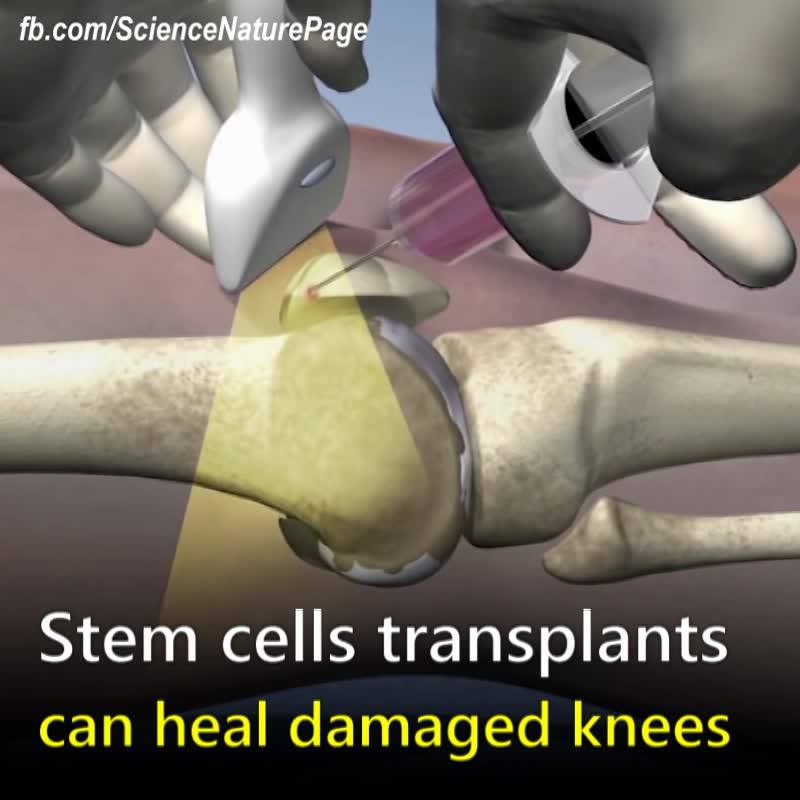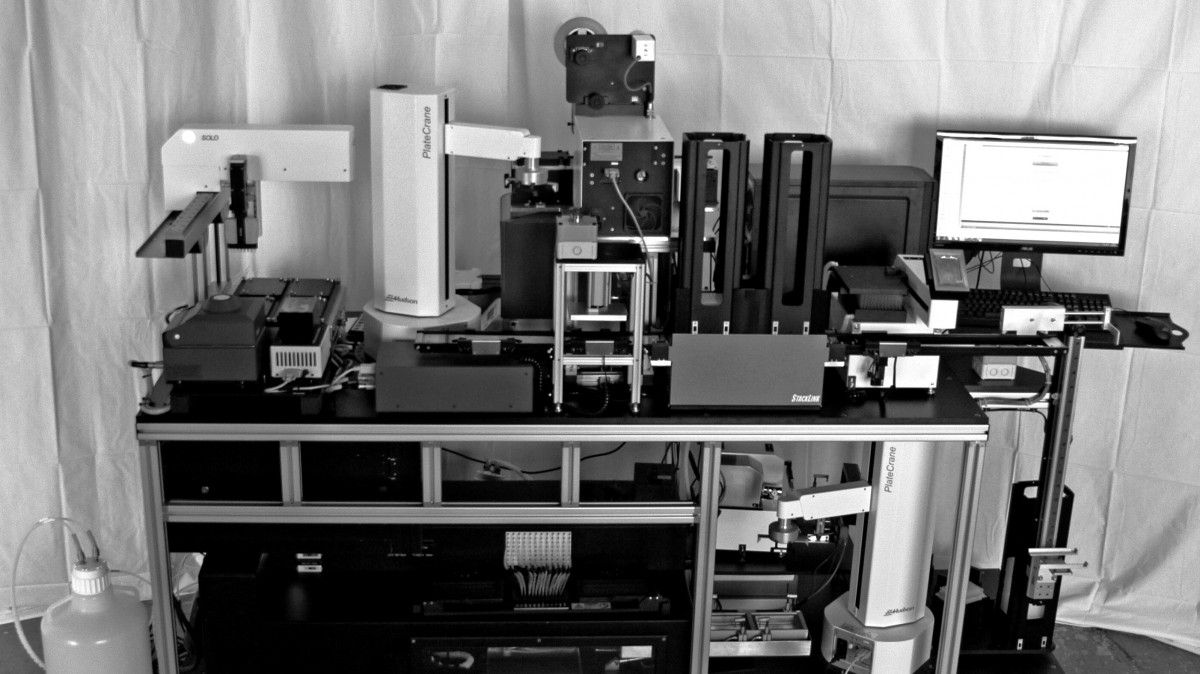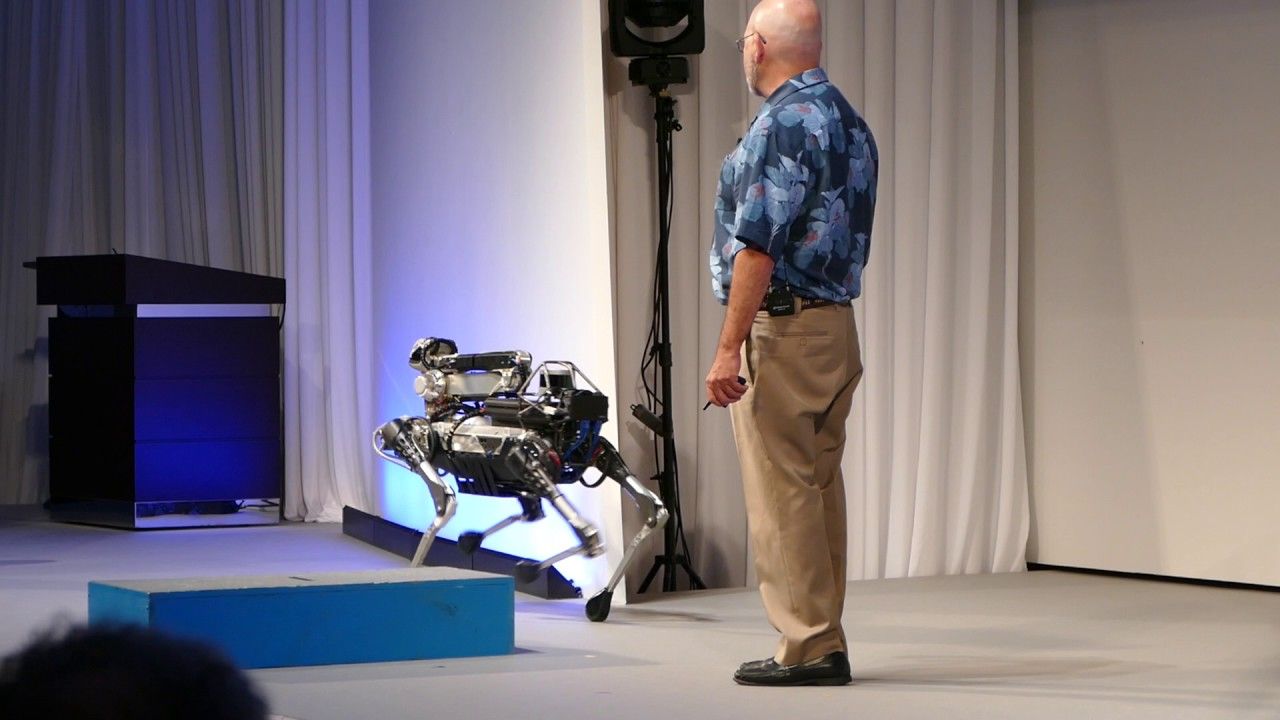https://www.lifespan.io/campaigns/agemeter-biomarker-scan/#reward_4
The ultimate bundle for those who want the world to see that they support science. This is just one of the fantastic rewards available in the AgeMeter campaign on Lifespan.io, support science today and make da Vinci proud!
Yesterday, AMD revealed the Project 47 supercomputer was powered by 20 AMD EPYC 7601 processors and 80 Radeon Instinct GPUs. It is a petaFLOP supercomputer in a rack. Other hardware included 10TB of Samsung memory and 20 Mellanox 100G cards (and 1 switch). Project 47 is capable of 1 PetaFLOP of single-precision compute performance or 2 PetaFLOPS of half-precision.
Project 47 is built around the Inventec P47. The P47 is a 2U parallel computing platform designed for graphics virtualization and machine intelligence applications. A single rack of Inventec P47 systems is all that was necessary to achieve 1 PetaFLOP, and it does so while producing 30 GigaFLOPS/Watt, which AMD claims is 25% more efficient than some other competing supercomputing platforms. A petaFLOP system uses 33,333 watts. A thousand of PetaFLOP racks would use 33.3 MW and have an exaFLOP.
Thanks to its 32-core / 64-thread EPYC processors and Radeon Vega GPUs, which feature 4,096 stream processors each, AMD also claims that Project 47 rack has more cores/threads, compute units, I/O lanes and memory channels in use simultaneously than in any other similarly configured system.
Dr. Neal Barnard says: “More colorful vegetables and fruits, a 40-minute brisk walk, vitamin E and less dairy products, cheese, and milk can protect you from alzheimer’s and dementia.”
Dr. Neal Barnard has led numerous research studies investigating the effects of diet on diabetes, body weight, and chronic pain, including a groundbreaking study of dietary interventions in type 2 diabetes, funded by the National Institutes of Health. Dr. Barnard has authored over 70 scientific publications as well as 17 books.
“We can change our diet, we don’t really need that cheese and that bacon. There’s plenty of healthy things that we can eat. Let’s bring in the colorful vegetables and fruits, let’s make them part of our everyday fair. Let’s lace up our sneakers, let’s exercise together.”
One of the best defenses we have against viral infections is the vaccine.
Vaccines prime the body’s immune system to fight an incoming infection; they’ve been credited with the widespread eradication of smallpox and the near-eradication of polio.
There have been many major advances to vaccines since their inception in the 1700s, but there are still many diseases for which no vaccine exists.
This brisk cadence of celestial surprises might make it seem that we’re on the cusp of proving the existence of extraterrestrials. But just because the crow’s nest announces clouds on the horizon doesn’t mean you’re close to land.
These three claims purporting to show the existence of aliens haven’t panned out. But what happens if some future claim does? What preparations are in place to deal with the discovery of a radio signal or a laser flash that would prove beyond doubt that we have cosmic compeers? Does the government have a plan? Does anyone?
A lot of people think there is a plan. A secret one. A recent survey indicated that 55 percent of the population figure that the discovery of extraterrestrials would be squelched — deep-sixed to prevent widespread panic. Only 19 percent believe the feds would fess up to E.T.’s existence.









